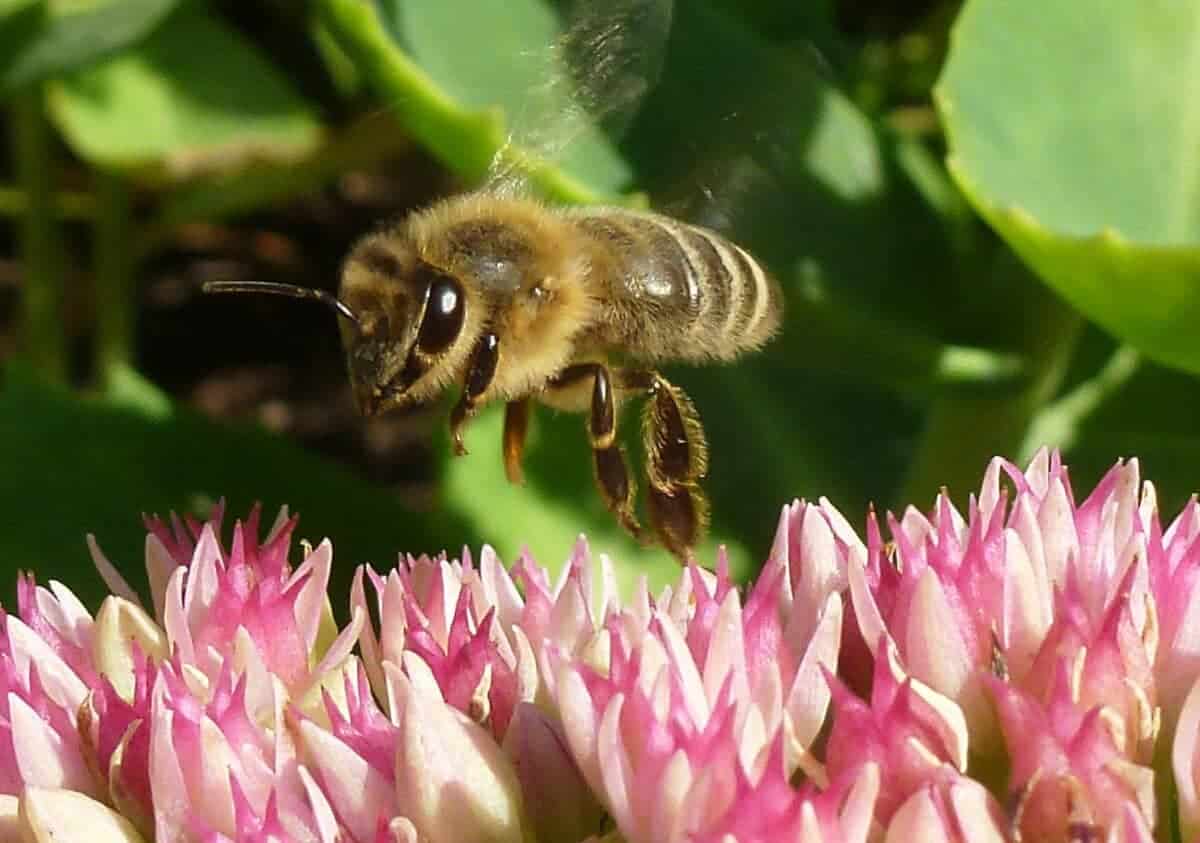In recent years, a heartening trend has emerged in the realm of ecology: the resurgence of bee populations across the globe. This development marks a significant turnaround from the alarming decline observed in previous decades, a phenomenon that had raised serious concerns about ecological balance and agricultural productivity.
The Crucial Role of Bees
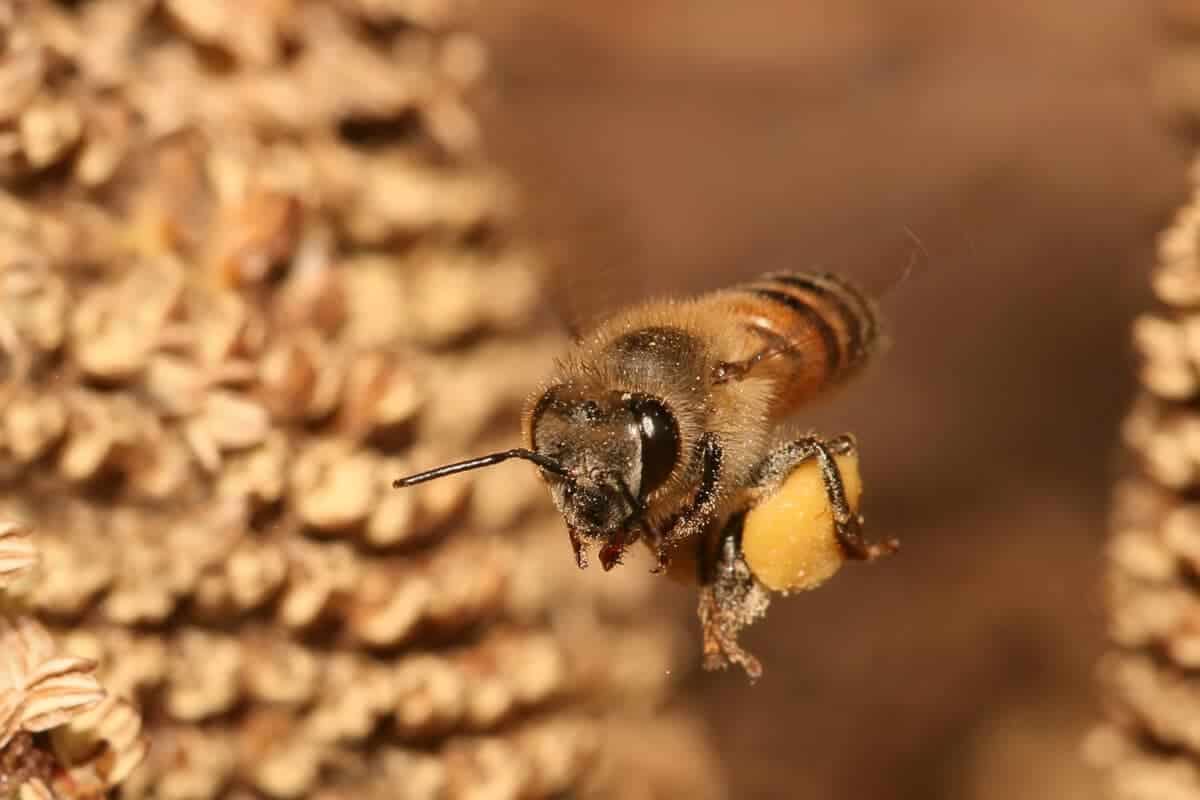
Historically, bees have played a crucial role as pollinators, aiding in the reproduction of many plants and crops. Their decline, primarily attributed to factors such as habitat loss, pesticide use, climate change, and disease, threatened not just their survival but also the health of ecosystems and the human food supply. The United Nations Food and Agriculture Organization estimates that out of the approximately 100 crop species providing 90% of food worldwide, 71 are bee-pollinated.
Factors Contributing to Recovery
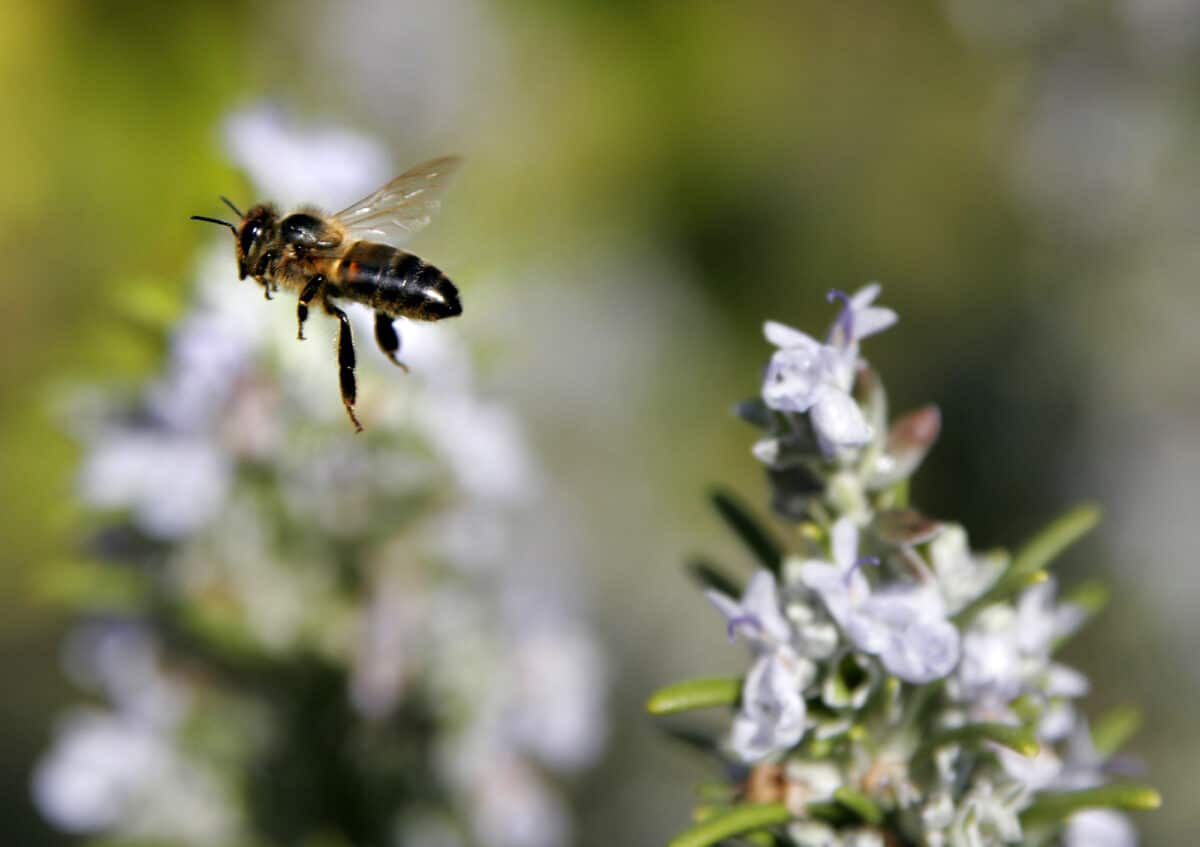
The recent revival in bee populations can be attributed to a multifaceted approach involving government policies, scientific research, and public awareness campaigns. Governments in various countries have introduced legislation restricting the use of harmful pesticides, such as neonicotinoids, known to be detrimental to bee health. Additionally, initiatives to restore and protect natural habitats, and to plant bee-friendly flora, have been widely adopted.
Scientific Innovations and Community Efforts
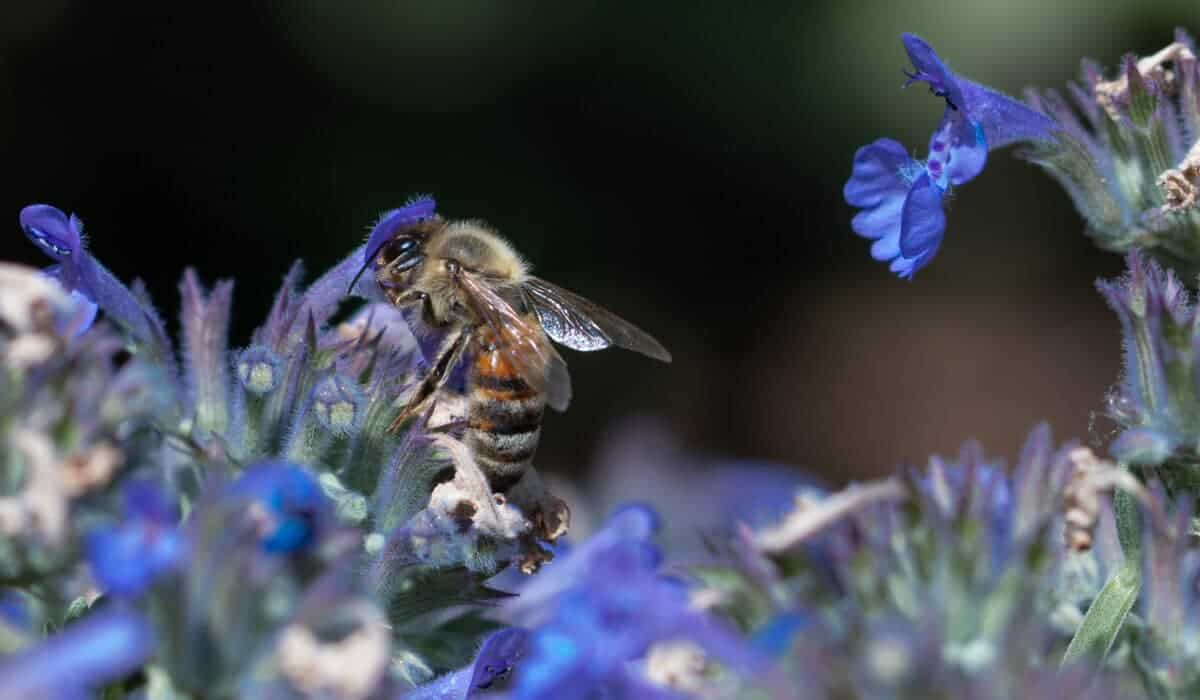
Scientific research has contributed significantly to this positive trend. Innovations in disease management, breeding programs aimed at increasing genetic diversity and resilience in bee populations, and improved understanding of bee nutrition and habitat requirements have all played a part. This research has not only benefited honeybees but also native bee species, which are crucial in many ecosystems.
Public awareness and involvement have been pivotal. The plight of bees has captured public attention, leading to an increase in amateur beekeeping, urban beekeeping initiatives, and community-driven conservation efforts. Educational campaigns have emphasized the importance of bees, encouraging the planting of pollinator-friendly gardens and the reduction of pesticide use.
Impact and Future Challenges
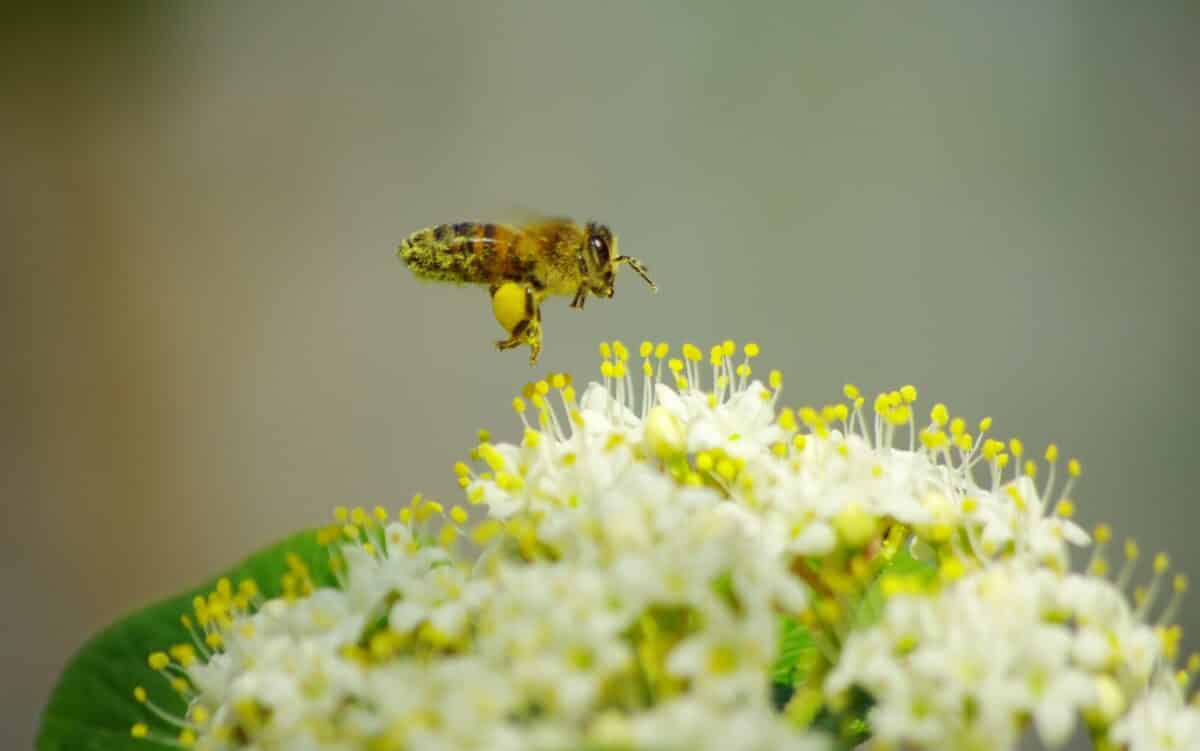
The impact of this resurgence is far-reaching. Increased bee populations contribute to healthier ecosystems through enhanced pollination, supporting a wide range of plant and animal species. For agriculture, this rebound is a boon, promising better crop yields and stability in food production.
However, it’s crucial to recognize that the battle is not yet won. Bees continue to face threats from climate change, habitat fragmentation, and diseases. Ongoing commitment and action are necessary to ensure that the positive trend continues.
Conclusion
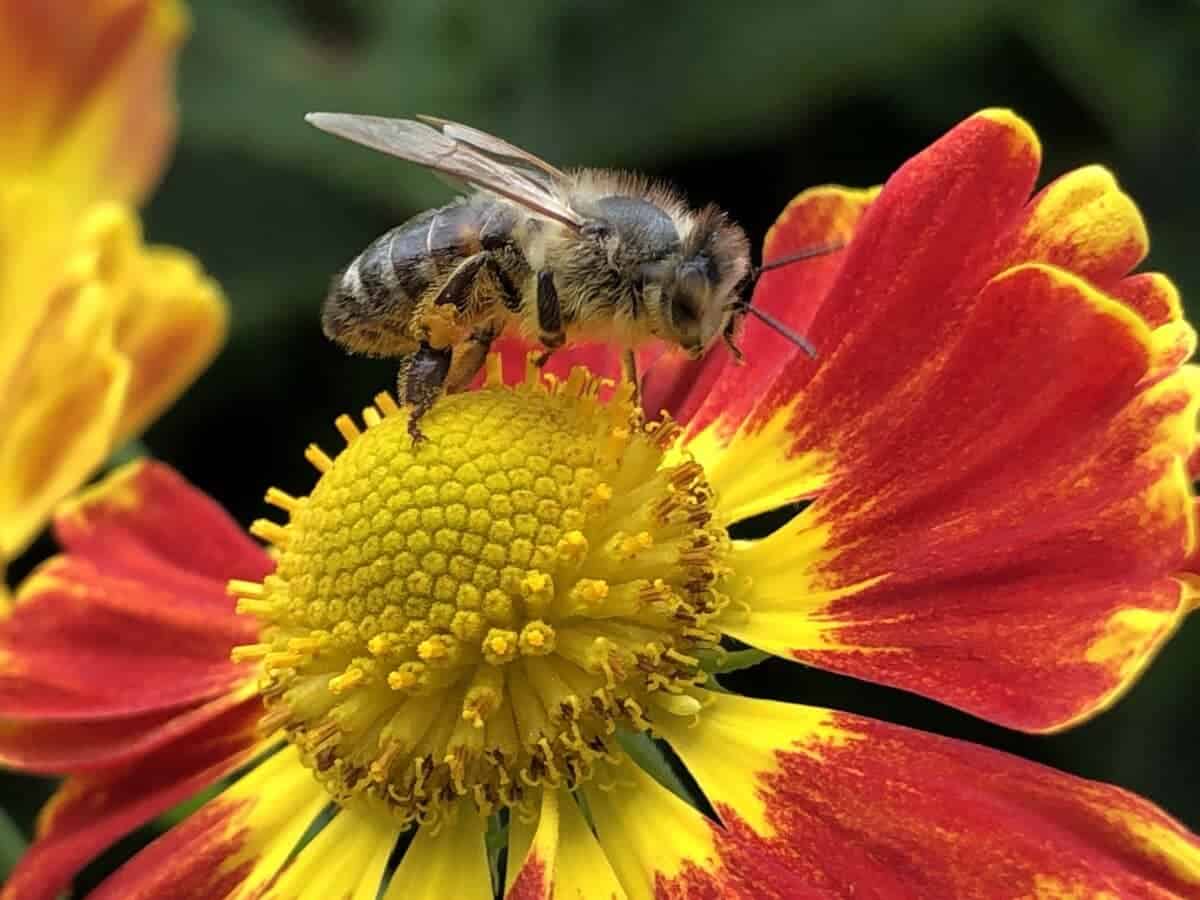
The return of the bees is a testament to the effectiveness of concerted global efforts in environmental conservation. It serves as a powerful reminder of our interconnectedness with nature and the impact that collective action can have on reversing ecological decline. As we celebrate this success, it’s imperative that we continue our efforts in sustaining and supporting these vital members of our ecosystems.
Up next:
Buzzing Bees Emit A Healing Vibrational Frequency
Join our Forum for free today!

- The Kleptomaniac Cat That Rules Houston - July 20, 2024
- Elephant Makes a Lifelong Friend at Sanctuary in Tennessee - July 14, 2024
- Evidence For World’s Oldest Fossilized Forest Discovered in New York - July 11, 2024

